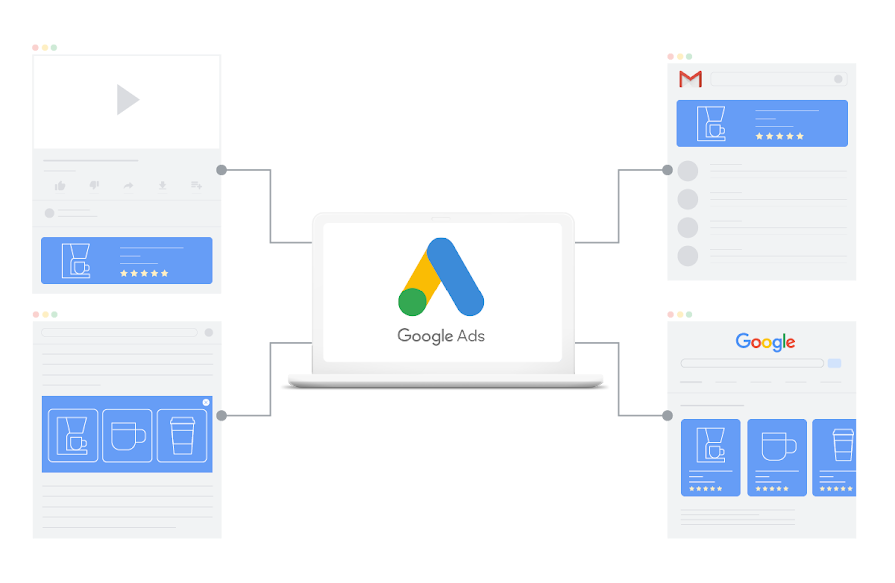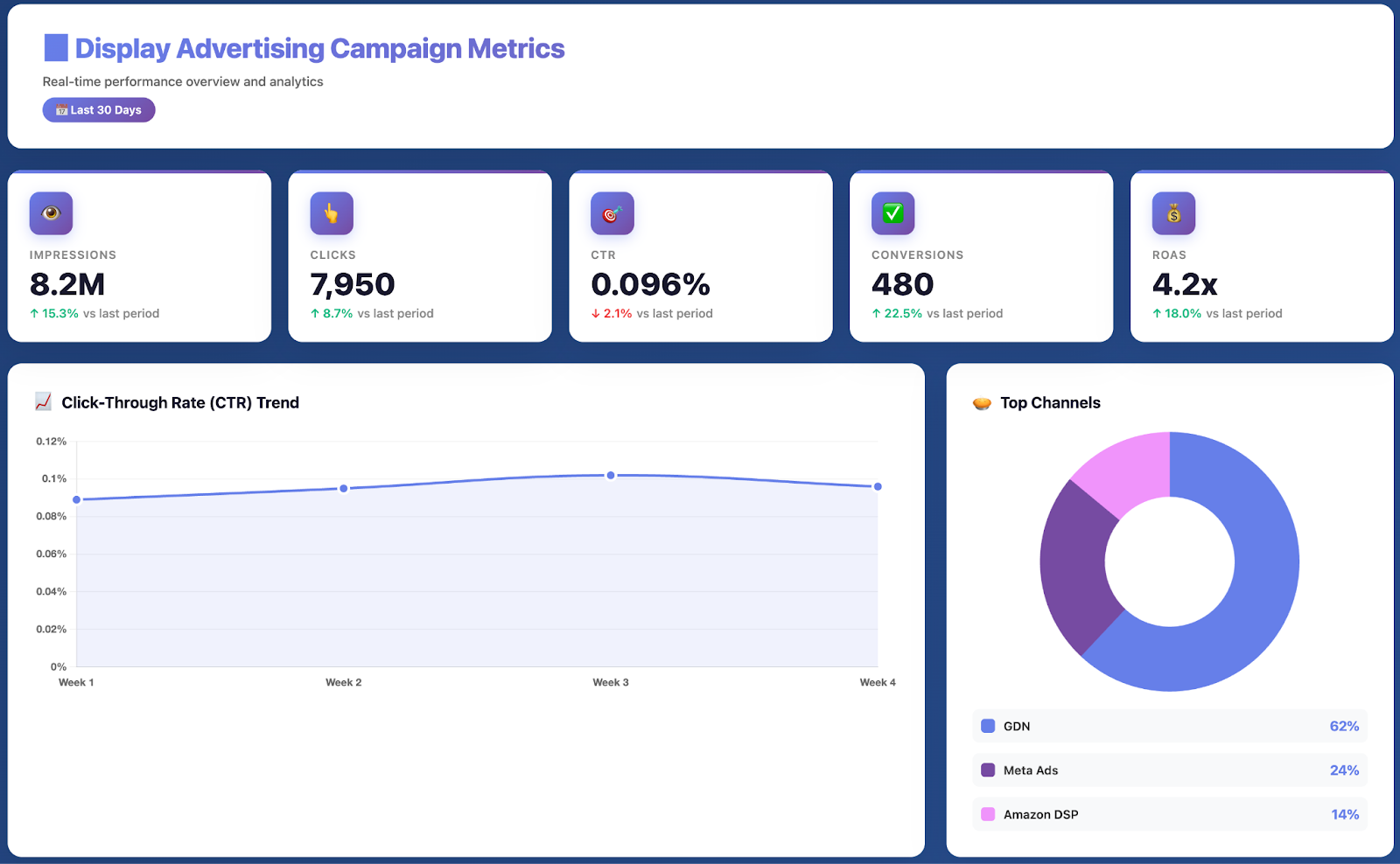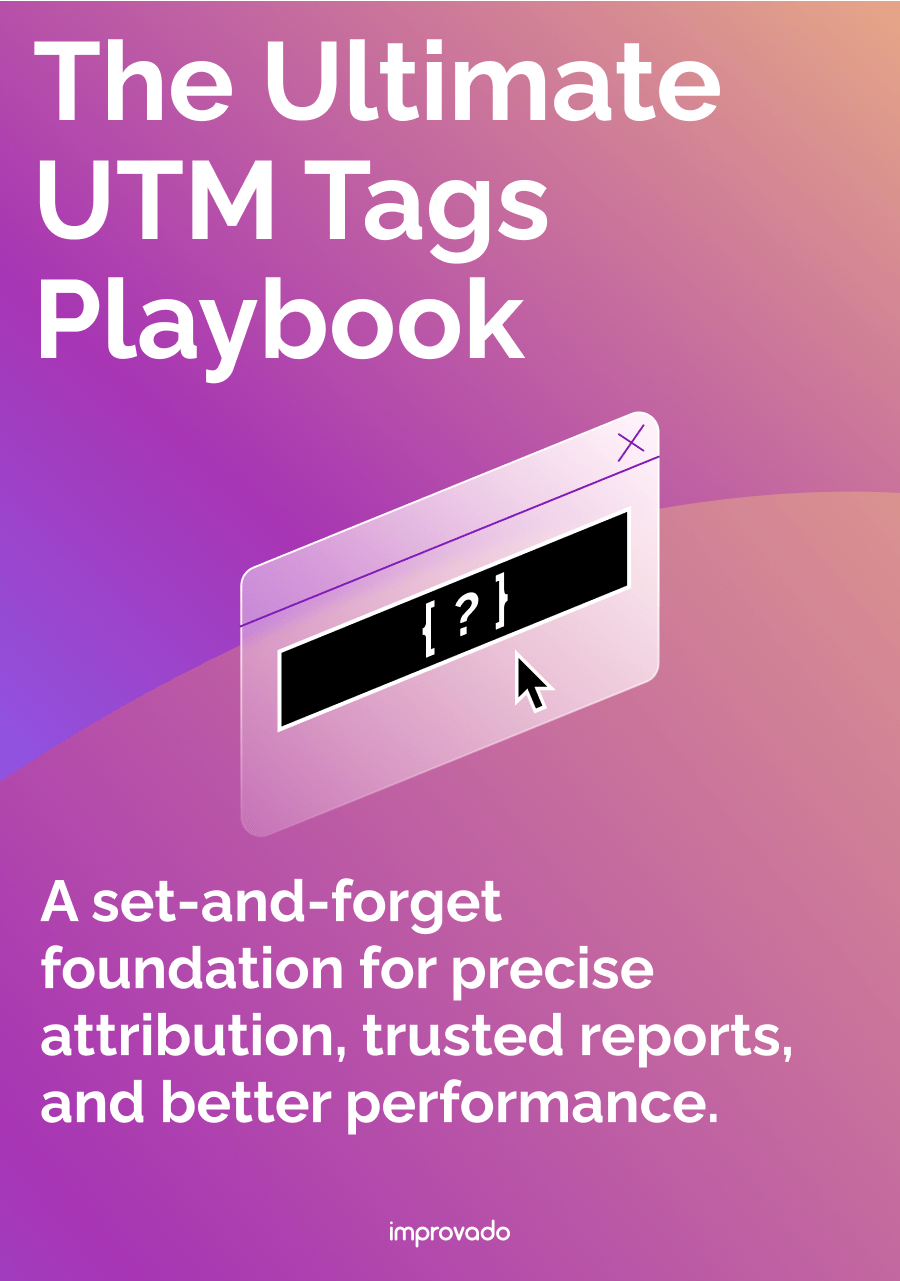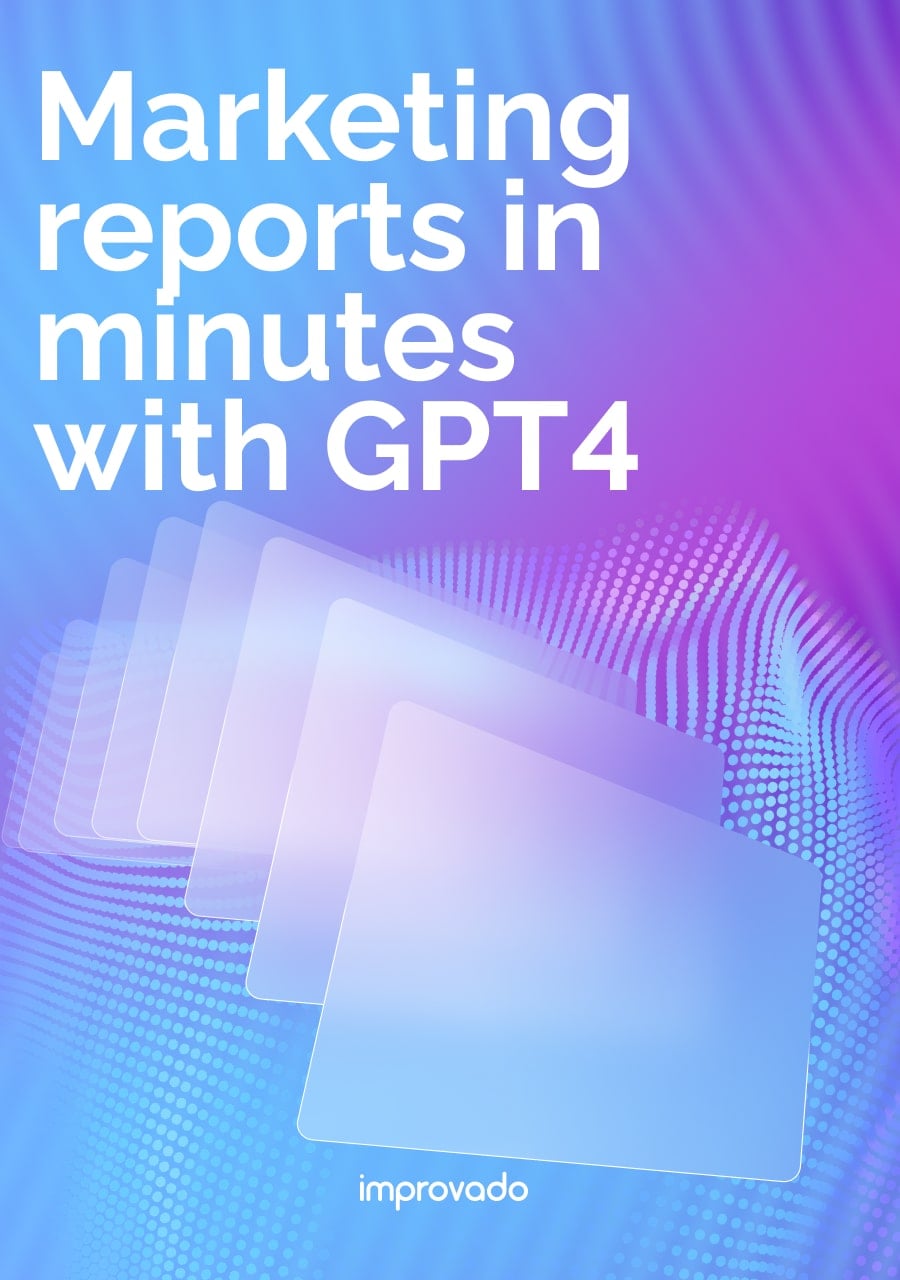Display advertising is one of the most powerful tools in digital marketing for reaching potential customers at scale. Whether you're building brand awareness, retargeting website visitors, or driving conversions, visual display ads across websites, apps, and social media platforms deliver measurable results.
This comprehensive guide covers everything you need to know about display advertising, from how it works to types of display ads, benefits and challenges, and proven strategies for successful display advertising campaigns in 2025.
Key Takeaways:
- Display advertising uses visual ads (images, videos, rich media) placed across websites, mobile apps, and social media to reach target audiences beyond search intent.
- Multiple formats available: Banner ads, rich media ads, video ads, interstitial ads, native display ads, and responsive display ads – each suited for different campaign goals.
- Benefits include: Brand awareness at scale, precise audience targeting, remarketing capabilities, visual storytelling, and cost-effective CPM pricing model.
- Best for: Reaching potential customers who aren't actively searching, building brand recognition, retargeting engaged visitors, and driving measurable ROI through programmatic platforms and ad networks.
What Is Display Advertising?

Display advertising is a form of digital advertising that uses visual ad formats like images, videos, animations, and rich media, to promote products, services, or brands across websites, mobile apps, and social media platforms. Unlike search ads that target users actively looking for specific keywords, display ads reach potential customers as they browse content, watch videos, or engage with apps.
Display ads appear in designated ad spaces on third-party websites and apps through advertising networks like the Google Display Network, which reaches over 90% of internet users worldwide. These visual advertisements can take many forms, from simple banner ads to interactive rich media experiences, and leverage sophisticated targeting to reach the right audience at the right time.
The digital advertising ecosystem connects three key players: advertisers who want to promote their offerings, publishers who provide ad space on their web pages and apps, and ad networks or programmatic platforms that facilitate the connection through real-time bidding and sophisticated targeting capabilities.
How Does Display Advertising Work?
Understanding how display advertising works helps marketers create more effective campaigns and optimize their ad spend. The display advertising process involves several interconnected systems working together to deliver the right ads to the right users.
The Display Advertising Ecosystem
- Ad Networks: Ad networks like Google Display Network, Facebook Audience Network, and specialized programmatic platforms aggregate ad inventory from thousands of publishers (websites and apps). These networks provide advertisers access to massive reach without negotiating individual placement deals. Ad networks handle targeting, delivery, billing, and performance tracking across their entire publisher network.
- Programmatic Advertising: Most display advertising today uses programmatic buying – automated, real-time auctions where advertisers bid for ad impressions based on their target audience criteria. When a user loads a web page, programmatic platforms instantly analyze the user's profile (demographics, interests, browsing behavior) and match them with relevant advertisers willing to pay for that impression. This entire process happens in milliseconds before the page finishes loading.
- Real-Time Bidding (RTB): RTB is the auction mechanism powering programmatic display advertising. Each ad impression triggers an auction where multiple advertisers compete to display their ads. The highest bidder wins the impression, and their ad displays to the user. RTB enables highly efficient ad spend by allowing advertisers to bid more for valuable audiences and less for less relevant impressions.
Targeting Mechanisms
Display advertising platforms offer sophisticated targeting options that determine which potential customers see your ads:
- Contextual Targeting: Displays ads on web pages with relevant content. For example, running ads for marketing software on digital marketing blogs ensures your ad appears in an appropriate context where potential customers are already engaged with related topics.
- Behavioral Targeting: Uses browsing history and online behavior to identify interested users. If someone researches travel destinations, they'll see display ads for hotels and flights across other websites they visit.
- Remarketing (Retargeting): Shows ads to users who previously visited your website or interacted with your brand. Retargeting ads achieve higher conversion rates because they target warm audiences already familiar with your offering.
- Demographic Targeting: Reaches specific age groups, genders, income levels, or other demographic characteristics relevant to your target audience.
- Geographic Targeting: Displays ads only to users in specific locations – countries, regions, cities, or even radius targeting around physical stores.
Types of Display Ads
Display advertising encompasses multiple ad formats, each with distinct characteristics and use cases. Understanding these types helps marketers choose the right format for their campaign objectives.
Banner Ads
Banner ads are the most common and recognizable display ad format – rectangular image or animated graphics placed in standard sizes across websites. The Interactive Advertising Bureau (IAB) defines standard banner ad sizes that ensure consistency across publishers:
- Medium Rectangle (300x250): The most popular banner size, appearing in content or sidebar placements. High performance due to visibility and versatility.
- Leaderboard (728x90): Horizontal banner typically placed at the top of web pages. Wide format provides good visibility and brand messaging space.
- Skyscraper (160x600): Vertical banner ideal for sidebar placements. Tall format maintains visibility as users scroll.
- Large Rectangle (336x280): Larger alternative to medium rectangle, often commanding higher CPM rates.
- Mobile Banner (320x50): Optimized for mobile devices, typically appearing at top or bottom of mobile screens.
Banner ads work best for brand awareness campaigns and consistent brand presence across multiple websites. While click-through rates for banner ads average 0.05-0.1%, they excel at building brand recognition through repeated exposure, even when users don't click.
Rich Media Ads
Rich media ads incorporate interactive elements, video, audio, or animation that engage users beyond static images. These attention-grabbing ad formats typically achieve higher engagement rates than standard banner ads:
- Expandable Ads: Start at standard banner size but expand when users hover or click, revealing more content and creative space for detailed product showcases.
- Interstitial Ads: Full-screen ads that appear between content transitions – such as moving between articles or app screens. High visibility but must balance user experience to avoid frustration.
- Floating Ads: Move across the screen or overlay content temporarily. Eye-catching but potentially disruptive if overused.
- Interactive Ads: Include games, quizzes, calculators, or other engaging elements. Drive deeper engagement and brand interaction.
Rich media ads command higher CPM rates but deliver stronger engagement and brand impact when creative execution aligns with campaign goals.
Video Ads
Video ads deliver powerful storytelling through motion, sound, and narrative. As online video consumption grows, video display advertising has become essential for many brands:
- In-Stream Video Ads: Play before (pre-roll), during (mid-roll), or after (post-roll) video content on platforms like YouTube. Captive audience during video consumption.
- Out-Stream Video Ads: Appear within text content or social feeds, auto-playing when in view. Expand video advertising beyond dedicated video platforms.
- Native Video Ads: Integrate seamlessly into social feeds or content recommendations. Match platform design for less disruptive user experience.
Video ads excel at brand storytelling, product demonstrations, and emotional connection – though production costs and technical requirements exceed simple banner ads.
Native Display Ads
Native advertising within display contexts matches the look, feel, and function of the platform where they appear. Rather than standing out as obvious advertisements, native ads blend into content feeds, recommended articles, or in-feed placements:
- Appear in content recommendation widgets ("You May Also Like")
- Match editorial style of publisher websites
- Integrate into social media feeds alongside organic content
- Typically achieve higher click-through rates than traditional banner ads
Native display ads reduce banner blindness, the phenomenon where users unconsciously ignore standard ad placements, by providing less disruptive, more contextually relevant advertising experiences.
Responsive Display Ads
Responsive display ads automatically adjust size, format, and appearance to fit available ad spaces across the Google Display Network. Advertisers provide multiple headlines, descriptions, images, and logos, Google's machine learning then optimizes combinations for each placement and audience.
Benefits include broader reach across diverse ad inventories, reduced creative production time, and automated optimization for better performance. Responsive ads handle the complexity of multiple ad sizes and placements with minimal manual effort from advertisers.
Display Ads vs Search Ads vs Native Ads
Understanding the differences between display advertising and other digital advertising formats helps marketers allocate budget effectively and choose the right channels for specific campaign goals.
While search ads capture existing demand from users actively searching, display advertising creates demand by introducing products and brands to potential customers who aren't yet aware of their need. This makes display ads essential for building brand awareness and staying top-of-mind with target audiences across their entire customer journey.
Benefits of Display Advertising
Display advertising delivers unique advantages that make it essential for comprehensive digital marketing strategies. Understanding these benefits helps marketers leverage display ads effectively.
Brand Awareness at Scale
Display advertising excels at building brand recognition across massive audiences.
The Google Display Network alone reaches over 90% of internet users worldwide, providing unparalleled scale for brand visibility. Even when users don't click, repeated exposure to display ads builds familiarity and brand recall.
This makes display advertising ideal for launching new products, entering new markets, or maintaining consistent brand presence.
Visual Storytelling and Creative Impact
Unlike text-based search ads, display advertising leverages images, videos, and rich media to tell compelling brand stories. Visual content captures attention, conveys brand personality, and communicates complex messages quickly.
High-quality creative execution in display ads can evoke emotional responses and create memorable brand experiences that drive long-term customer relationships.
Remarketing and Retargeting Capabilities
Display advertising campaigns excel at retargeting website visitors who didn't convert initially. By tracking user behavior with cookies and pixels, display ads can follow potential customers across the web, reminding them of products they viewed and encouraging them to complete purchases.
Remarketing display ads typically achieve 2-3x higher conversion rates than prospecting campaigns because they target warm audiences already familiar with your brand.
Precise Audience Targeting
Modern display advertising platforms offer sophisticated targeting that reaches specific audience segments based on demographics, interests, behaviors, and intent signals. This precision ensures ad spend focuses on potential customers most likely to engage rather than broad, untargeted reach. Lookalike audiences extend this further by finding new users similar to your best existing customers.
Cost-Effective CPM Model
The CPM (cost per thousand impressions) pricing model makes display advertising affordable for brand awareness objectives. While CPC (cost per click) charges for each click, CPM delivers guaranteed impressions regardless of clicks – ideal when the goal is visibility rather than immediate response.
CPM rates typically range from $0.50 to $5.00 for most industries, making it possible to achieve millions of impressions within modest budgets.
Measurable Results and Optimization
Display advertising platforms provide detailed performance metrics – impressions, clicks, CTR (click-through rate), conversions, and ROAS (return on ad spend). This data enables continuous optimization through A/B testing creative variations, refining targeting, and reallocating budget to top-performing placements and audiences. Advanced marketing attribution models help connect display advertising to downstream conversions even when clicks don't occur immediately.
Challenges of Display Advertising
While display advertising offers significant benefits, understanding its challenges helps marketers set realistic expectations and implement strategies to overcome common obstacles.
Banner Blindness
Banner blindness, the tendency of users to unconsciously ignore display ads, presents a persistent challenge. After years of exposure to banner ads across countless websites, users develop psychological filters that screen out obvious advertising.
This phenomenon contributes to low average click-through rates for display ads. Overcoming banner blindness requires exceptional creative execution, native ad formats, or innovative placements that capture attention without feeling intrusive.
Ad Blockers
Ad blocker adoption continues growing, with 25-40% of internet users (depending on market) using browser extensions or built-in features that prevent display ads from appearing. This shrinks available reach and skews campaign metrics since ad blocker users, often younger, tech-savvy, and higher-income, represent valuable audience segments.
While some publishers ask users to disable ad blockers, widespread adoption limits display advertising's total addressable market.
Viewability Challenges
Not all ad impressions are actually viewed by users.
Ads "below the fold" (requiring scrolling to see), tabs open in the background, or placements surrounded by excessive content may count as served impressions without genuine user exposure.
Industry standards define viewable impressions (at least 50% of pixels visible for 1+ seconds), but viewability rates often fall between 50-70%. Marketers must monitor viewability metrics and optimize placements to ensure ads receive actual attention.
Lower Direct Response Rates
Display advertising typically achieves lower click-through rates (0.05-0.1%) and conversion rates compared to search ads capturing high-intent users. This doesn't mean display ads are ineffective. They excel at brand building and influencing conversions that occur later through other channels but direct attribution can be challenging.
Multi-touch attribution models help demonstrate display advertising's contribution to conversions beyond last-click metrics.
Creative Production Requirements
Effective display advertising campaigns require multiple creative assets in various sizes, formats, and variations for different audiences and placements. Producing high-quality images, videos, animations, and responsive ads demands design resources, time, and budget.
Poorly designed display ads not only waste spend but can damage brand perception. Balancing creative quality with production efficiency remains an ongoing challenge.
Ad Fraud and Invalid Traffic
Display advertising faces fraud risks including bot traffic, click farms, and domain spoofing where impressions appear on fraudulent sites rather than legitimate publishers. Industry estimates suggest 10-30% of display ad impressions may involve invalid traffic. Working with reputable ad networks, implementing fraud detection tools, and monitoring traffic quality helps minimize wasted spend on non-human traffic.
Display Advertising Metrics and Measurement

Measuring display advertising performance requires tracking multiple metrics that reflect different campaign objectives. Understanding these key performance indicators (KPIs) enables data-driven optimization.
Impressions and Reach
- Impressions: The number of times display ads are shown, regardless of clicks or engagement. Impressions indicate campaign scale and brand exposure levels.
- Reach: The number of unique users who saw your display ads. While one user might see your ad multiple times (frequency), reach measures unduplicated audience size.
- Frequency: Average number of times each user sees your ads (impressions ÷ reach). Optimal frequency balances sufficient exposure for brand recall without excessive repetition that wastes budget or annoys users.
Click-Through Rate (CTR)
CTR measures the percentage of users who click your display ads (clicks ÷ impressions × 100). While average display CTR hovers around 0.05-0.1%, rates vary significantly by industry, ad format, targeting, and creative quality. Higher CTR indicates compelling ad creative and relevant targeting, though CTR alone doesn't guarantee conversions or ROI.
Cost Metrics
- CPM (Cost Per Thousand Impressions): The price paid for 1,000 ad impressions. CPM is the standard pricing model for display advertising focused on brand awareness. Rates typically range from $0.50-$10 depending on targeting specificity, ad quality, and competitiveness.
- CPC (Cost Per Click): When using click-based bidding, CPC represents the cost each time someone clicks your display ad. CPC pricing focuses on engaged users rather than passive impressions.
- CPA (Cost Per Acquisition): The cost to acquire one customer or conversion through display advertising. CPA connects ad spend directly to business outcomes, making it the most business-relevant metric.
Conversion Metrics
- Conversion Rate: Percentage of ad clicks that result in desired actions (purchases, signups, downloads). While display advertising typically achieves lower conversion rates than search ads, effective targeting and remarketing campaigns can reach 1-3% conversion rates.
- View-Through Conversions: Conversions that occur after users see (but don't click) display ads. Since many users research across multiple sessions before converting, view-through attribution captures display advertising's influence on conversions that happen later through other channels.
ROAS (Return on Ad Spend)
ROAS measures revenue generated per dollar spent on display advertising (revenue ÷ ad spend). A ROAS of 4:1 means $4 in revenue for every $1 spent. ROAS connects advertising performance to business outcomes, enabling budget allocation decisions based on profitability rather than vanity metrics.
Effective display advertising campaigns typically target ROAS between 2:1 and 10:1 depending on industry, margins, and campaign objectives. Learn more about calculating marketing ROI for comprehensive profitability analysis.
Best Display Advertising Platforms
Choosing the right display advertising platforms impacts campaign reach, targeting capabilities, and ROI. Here are the leading platforms for display advertising campaigns in 2025.
Google Display Network (GDN)
The Google Display Network is the largest display advertising platform, reaching over 90% of internet users worldwide across 2+ million websites and apps. GDN offers unparalleled scale combined with Google's sophisticated targeting powered by search data, YouTube behavior, and cross-device tracking.
Key advantages:
- Massive reach with quality publisher network
- Integration with Google Ads search campaigns for unified management
- Responsive display ads that automatically optimize creative
- Advanced remarketing using Google Analytics audiences
- Multiple bidding strategies (CPM, CPC, CPA, target ROAS)
- Detailed performance analytics and attribution
GDN works best for businesses already using Google Ads who want to expand beyond search ads with consistent platform tools and reporting.
Facebook Audience Network
Facebook Audience Network extends Facebook and Instagram ads to third-party mobile apps and websites. Leveraging Facebook's extensive user data and behavioral signals, Audience Network delivers precise targeting that mirrors the effectiveness of in-feed Facebook ads.
Key advantages:
- Unmatched audience targeting based on Facebook user data
- Seamless extension of Facebook and Instagram ad campaigns
- Strong mobile app inventory for reaching app users
- Native and banner ad formats optimized for mobile
- Lookalike audiences for prospecting similar users
- Unified campaign management in Facebook Ads Manager
Facebook Audience Network excels for brands with strong social media presence wanting to extend reach beyond Facebook and Instagram properties while maintaining the same powerful targeting.
Programmatic Advertising Platforms
Programmatic platforms like The Trade Desk, MediaMath, Amazon DSP, and Display & Video 360 provide sophisticated demand-side platforms (DSPs) for enterprise advertisers managing large-scale display advertising campaigns across multiple exchanges and publishers.
Key advantages:
- Access to premium publisher inventory not available on open networks
- Advanced audience segmentation and data integration
- Real-time bidding optimization using machine learning
- Cross-device tracking and frequency capping
- Private marketplace deals with preferred publishers
- Detailed reporting and custom attribution models
Programmatic platforms suit enterprise businesses with significant ad budgets (typically $50K+/month) who need sophisticated control, custom integrations, and access to premium inventory.
Microsoft Advertising (Bing Display)
Microsoft Advertising offers display ad placements across MSN, Outlook, Microsoft Edge, and partner sites. While smaller in reach than Google Display Network, Microsoft Advertising reaches a distinct audience – often older, higher-income users with strong purchasing power.
Key advantages:
- Less competitive (lower CPM/CPC) than Google Display Network
- Quality audience with higher average income
- Integration with LinkedIn profile data for B2B targeting
- Native placements on MSN and Microsoft properties
- Import campaigns directly from Google Ads for efficiency
Amazon DSP (Amazon Advertising)
Amazon DSP provides display advertising across Amazon properties (including IMDb, Twitch, Fire TV) and third-party sites. Amazon's unique advantage is access to shopping behavior data – targeting based on actual purchase history rather than inferred intent.
Key advantages:
- Targeting based on Amazon shopping and purchase behavior
- Reach high-intent shoppers on and off Amazon
- Video inventory on IMDb and Fire TV
- Strong for e-commerce brands and product-focused campaigns
- Amazon Attribution connects display ads to Amazon sales
Display Advertising Strategy & Best Practices
Effective display advertising campaigns require strategic planning and continuous optimization. These proven best practices help maximize display advertising ROI.
Define Clear Campaign Objectives
Successful display advertising starts with defining specific goals. Are you building brand awareness, generating leads, driving website traffic, or retargeting past visitors? Different objectives require different strategies:
- Brand Awareness: Focus on reach, impressions, and frequency. Use CPM bidding and prioritize high-visibility placements. Track brand lift studies and view-through metrics.
- Direct Response: Optimize for clicks and conversions. Use CPC or CPA bidding. Focus on remarketing and intent-based audiences. Track conversion rate and ROAS.
- Remarketing: Re-engage website visitors or cart abandoners. Use dynamic product ads showcasing items users viewed. Implement frequency capping to avoid ad fatigue.
Budget Allocation and Bidding Strategy
Strategic budget management maximizes display advertising ROI:
- Allocate More to Remarketing: Retargeting warm audiences typically achieves 2-3x higher conversion rates than prospecting. Allocate 40-60% of display budgets to remarketing campaigns.
- Start with Automated Bidding: Modern platforms use machine learning to optimize bids. Begin with target CPA or target ROAS bidding, switching to manual only if performance warrants.
- Dayparting for Efficiency: Analyze performance by time and day. Increase bids during high-converting hours, reduce during low-performance periods.
- Implement Frequency Caps: Limit how often users see your ads (typically 3-5 impressions per day) to prevent ad fatigue and wasted spend.
Audience Targeting Strategy
Layering multiple targeting methods creates highly relevant audience segments while maintaining sufficient reach:
- Start Broad, Refine Based on Data: Begin with reasonable targeting parameters, then narrow based on performance. Over-targeting from the start limits learning.
- Combine Targeting Types: Layer contextual targeting (relevant content) with audience targeting (demographics, interests) for qualified reach.
- Build Remarketing Funnels: Create segmented remarketing audiences based on engagement depth – homepage visitors, product viewers, cart abandoners – with messaging tailored to each stage.
- Test Lookalike Audiences: Once you identify high-value customers, create lookalike audiences to find similar potential customers at scale.
Creative Best Practices

Display ad creative significantly impacts performance. Follow these guidelines for attention-grabbing, effective display ads:
- Clear Value Proposition: Communicate your key message within 2-3 seconds. Users won't read lengthy copy – focus on one compelling benefit.
- Strong Visual Hierarchy: Use size, color, and contrast to guide attention to the most important elements – brand, message, CTA.
- Compelling Call-to-Action: Include action-oriented CTAs ("Get Started," "Shop Now," "Learn More") with contrasting buttons that stand out.
- Brand Consistency: Maintain consistent colors, fonts, logos, and design language across all display ads to build brand recognition.
- Mobile-Optimized Design: Over 60% of display ad impressions occur on mobile devices. Ensure text is readable and buttons are large enough for thumb taps.
- Multiple Variations: Create 3-5 creative variations testing different messages, images, layouts, and CTAs. Let data determine winners.
A/B Testing and Optimization
Continuous testing and optimization separate high-performing display advertising campaigns from mediocre ones. Track the right digital advertising metrics to guide your optimization:
- Test One Variable at a Time: Isolate variables (creative, audience, placement, bidding) to identify what drives improvement.
- Allow Statistical Significance: Run tests long enough to gather meaningful data – typically 1-2 weeks or 1,000+ conversions before declaring winners.
- Optimize Based on Business Metrics: Prioritize ROAS, CPA, or revenue over vanity metrics like CTR when business outcomes matter more than clicks.
- Refresh Creative Regularly: Ad fatigue sets in after 2-4 weeks. Rotate new creative variations to maintain engagement and prevent declining performance.
- Monitor Placement Performance: Review where ads appear. Exclude low-performing sites or apps draining budget without returns.
Landing Page Optimization
Display advertising effectiveness depends equally on what happens after the click. Optimize landing pages for display ad traffic. For comprehensive performance tracking across your entire funnel, implement a robust marketing analytics framework:
- Message Match: Landing page headlines and visuals should match display ad creative for consistent messaging.
- Single, Clear Goal: Each landing page should focus on one conversion action without distractions or multiple competing CTAs.
- Fast Load Times: Display ad clicks come from browsing users with short attention spans. Pages must load in under 2 seconds to prevent abandonment.
- Mobile-Optimized Experience: Since most display ad traffic comes from mobile, landing pages must provide seamless mobile experiences.
Conclusion: Building Effective Display Advertising Campaigns
Display ads remain one of the most powerful tools for building awareness, retargeting audiences, and driving conversions across the customer journey. But managing them effectively is complex—budgets span multiple platforms, creatives perform differently across formats, and performance metrics shift daily. Without unified visibility and control, even well-planned campaigns can drift off strategy or waste spend.
Improvado helps marketing teams run display campaigns in full alignment with business goals. Its Marketing Data Governance solution continuously monitors campaign health—from pre-flight validation to post-launch performance—flagging pacing issues, data breaks, and anomalies before they affect ROI.
Combined with the Improvado Analytics Platform, teams can analyze performance across channels, creatives, and audiences in a single governed environment—turning display data into actionable insights that drive smarter decisions and stronger returns.
.png)



.png)
